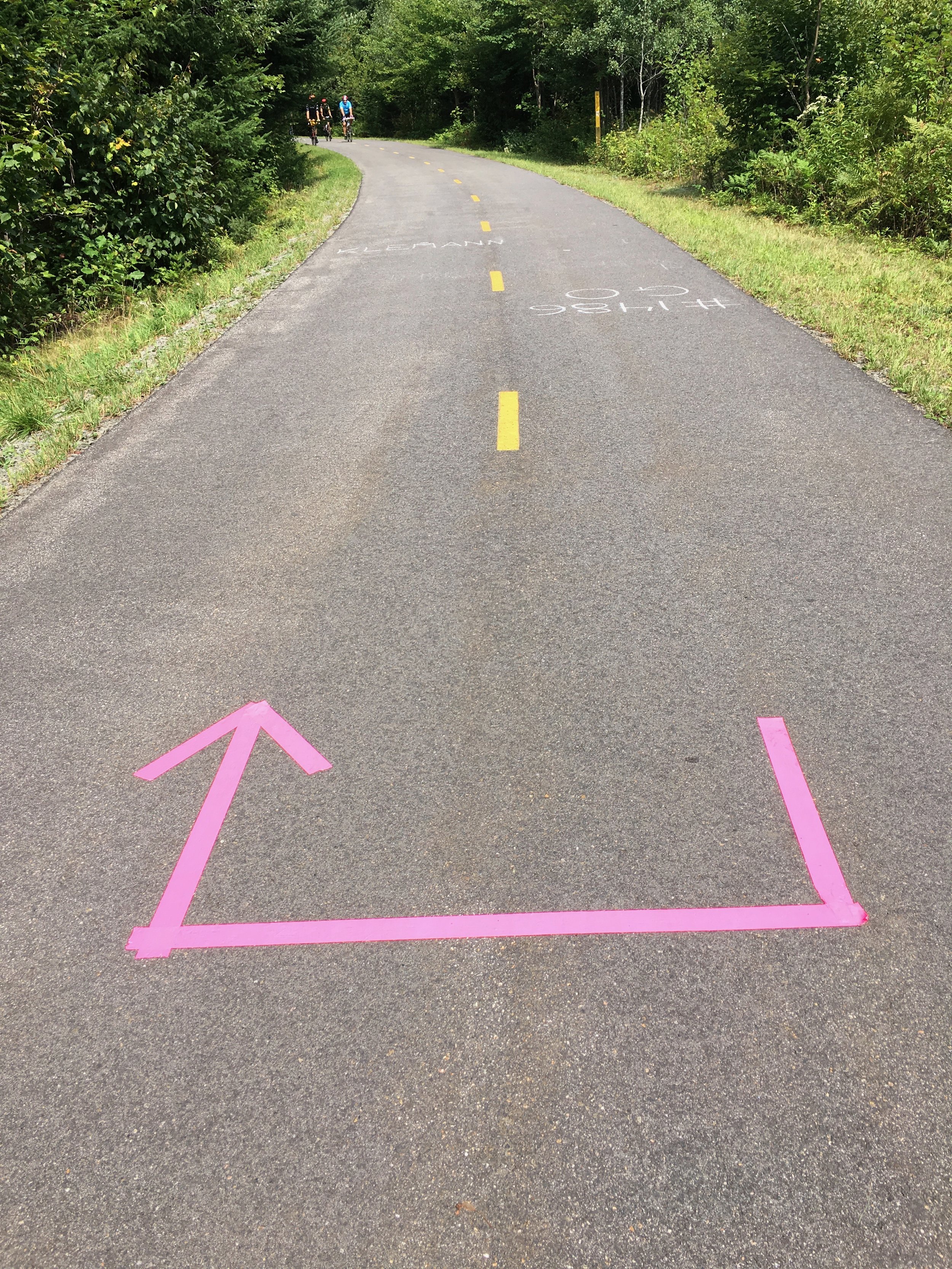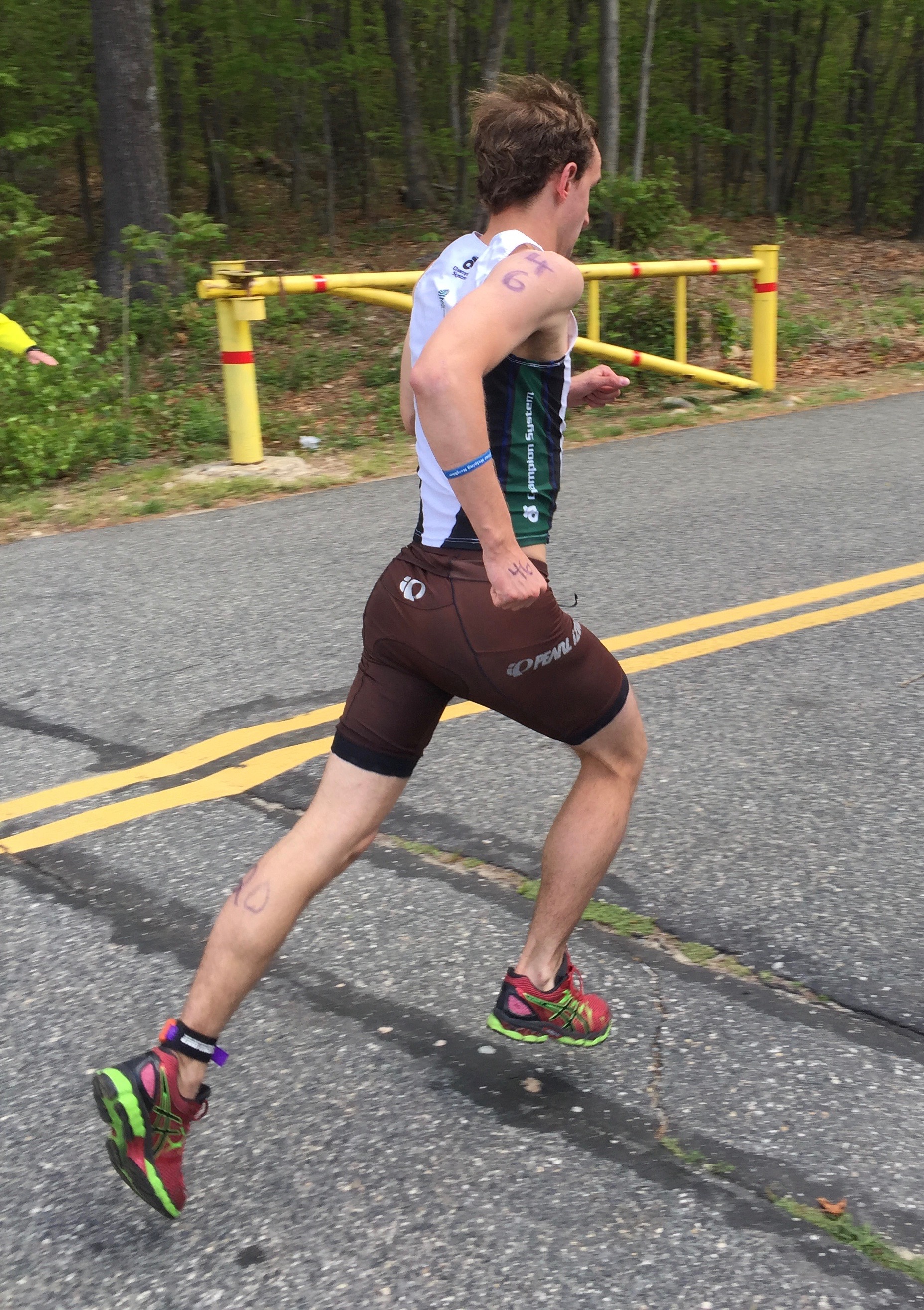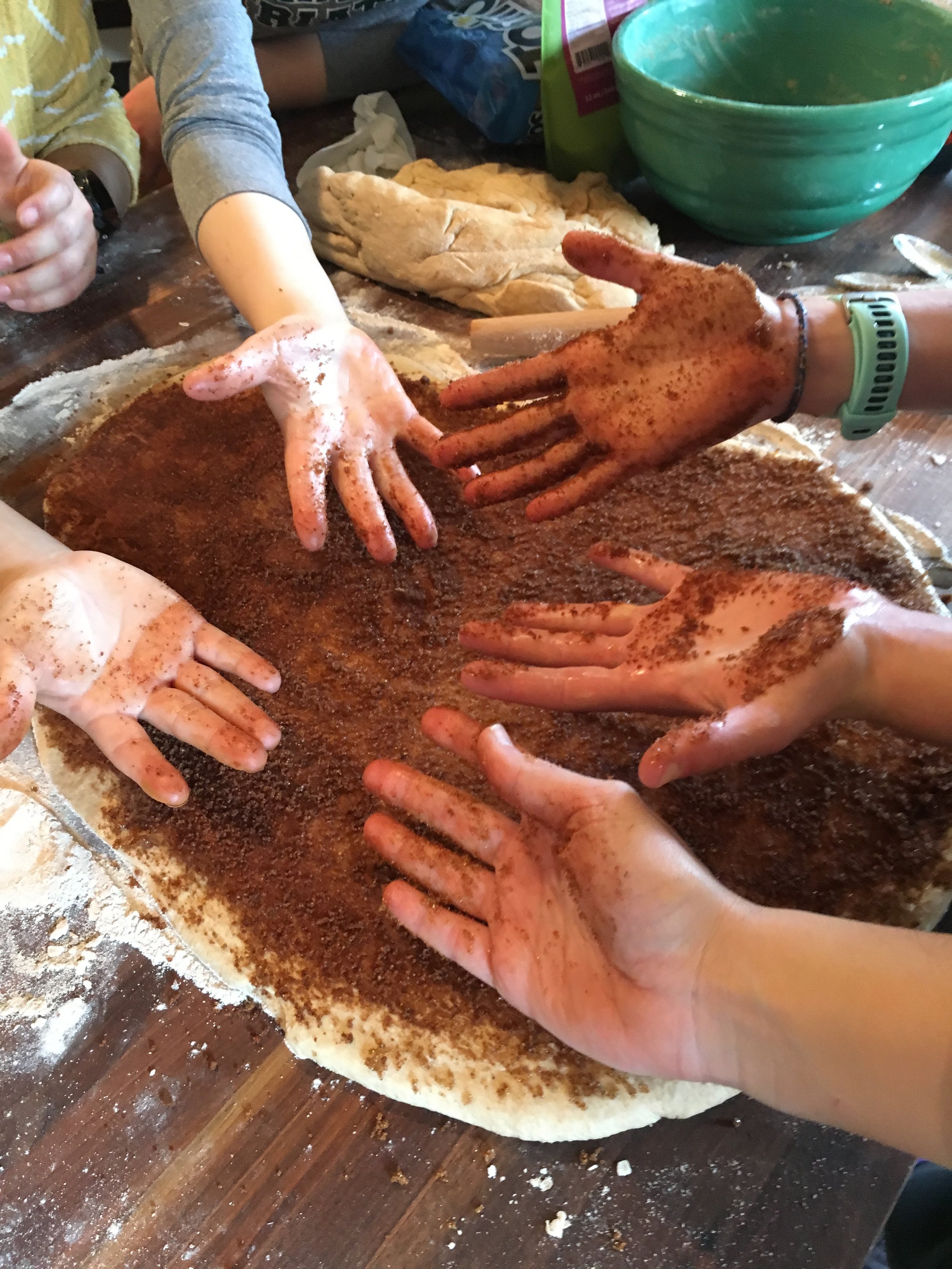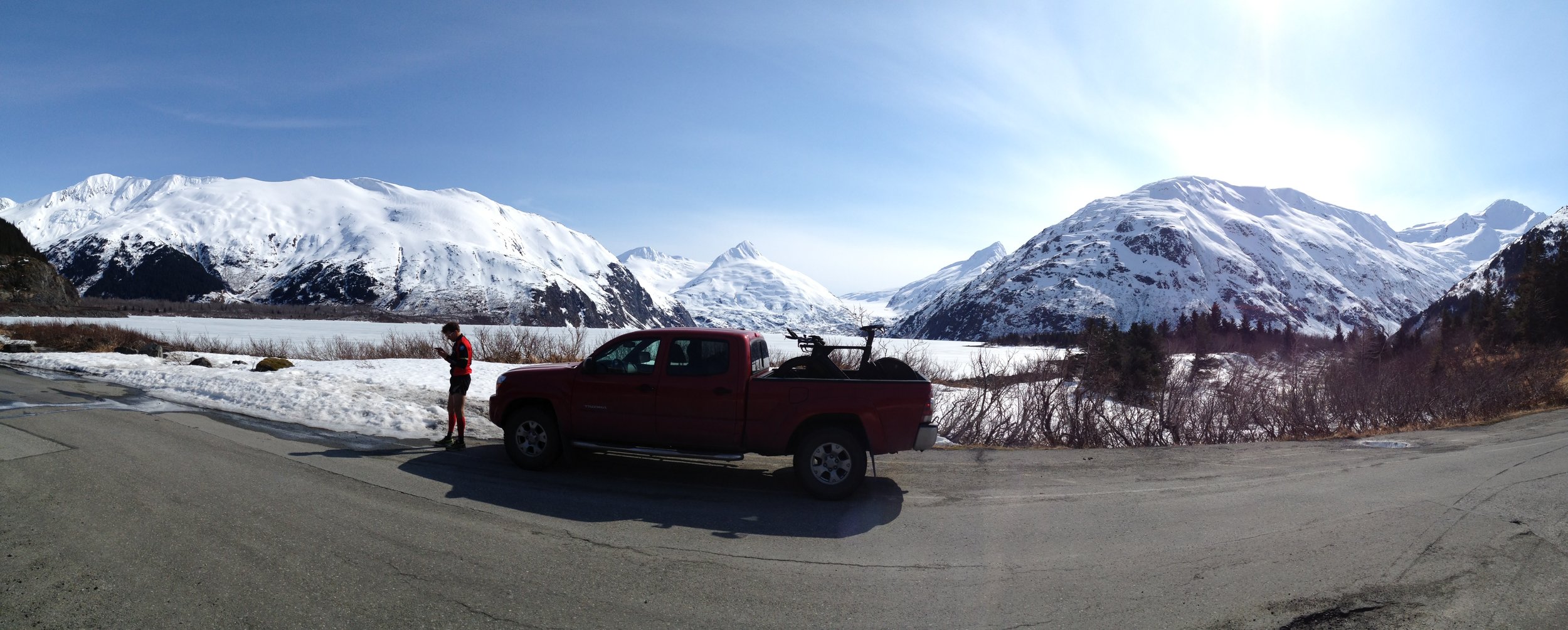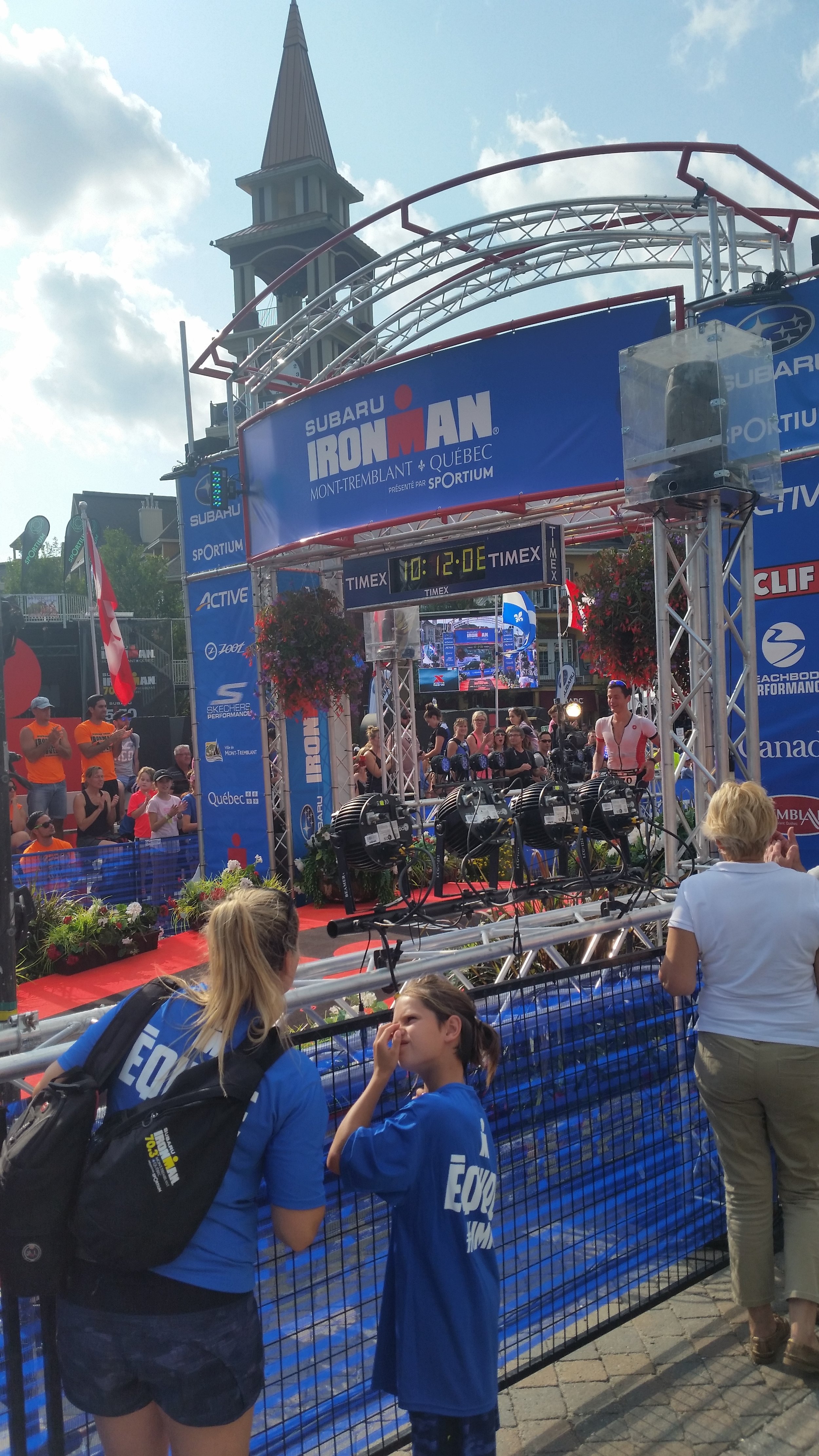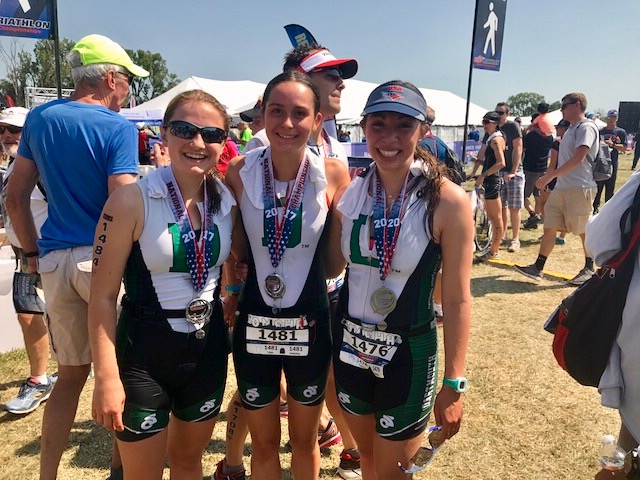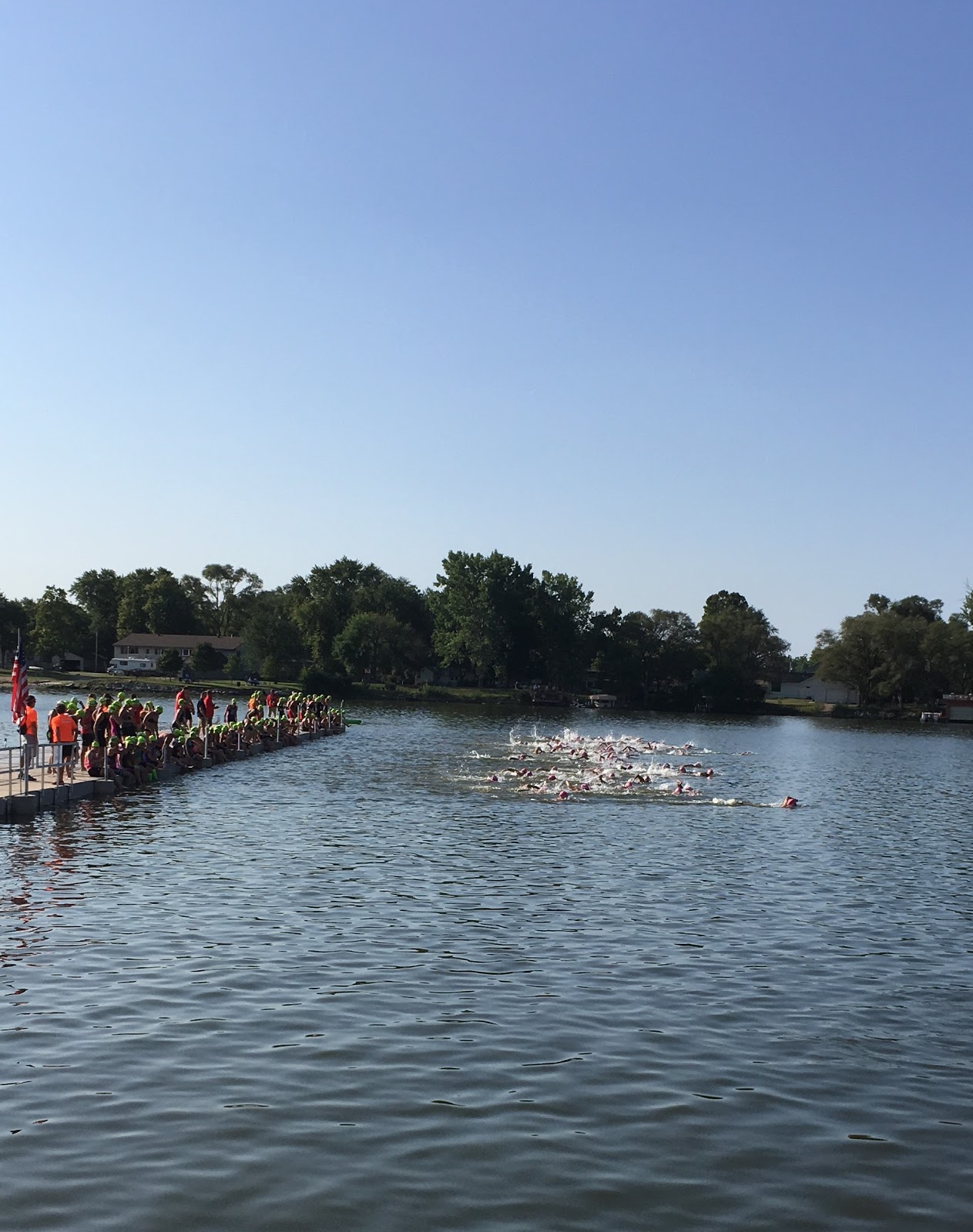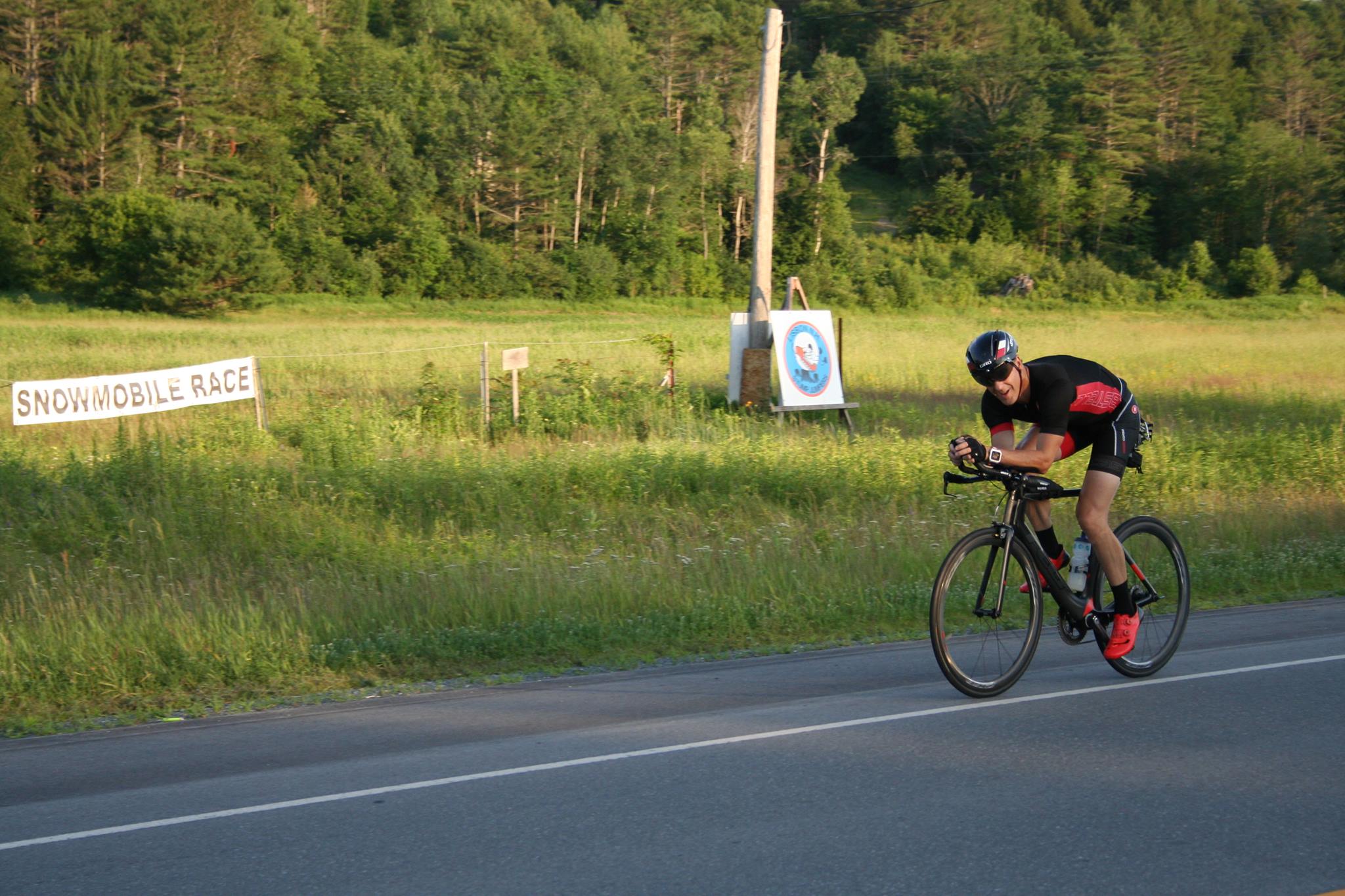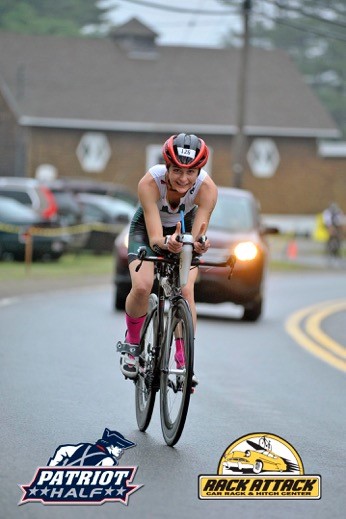For a short version of this article, click here.
Why Aerobic / Zone 2 Training?
Reaching our athletic potential and highest performance depends on a training principle that nearly every top coach in all endurance sports subscribe: aerobic exercise, also referred to as “Zone 2 training”.
Why aerobic training?
The body has adapted aerobically over 84,000 generations. While we are often inclined to do more intense and stressful training (mostly due to time constraints and modern living), our bodies have evolved to be most efficient through aerobic training.
You’ll hear aerobic training referred to in a number of ways: Zone 2 or Z2, the 80/20 rule (80% of training is performed at low intensity with only 20% being performed at high intensity), polarization (the approach of “easy is easy and, hard is hard”) and aerobic foundation work.
What is aerobic training and why does it work?
The heart is the engine that drives the vehicle. You can have all the fancy bells and whistles you want in that vehicle, but if the engine isn’t strong, those additions are essentially useless. Zone 2 develops the aerobic capacity necessary for peak performance in endurance sports. Technically, anything over a few minutes of exercise is classified as aerobic exercise. As a sprint to Ironman athlete, you are expending energy over a long period of time, such as one to seventeen hours. The body needs to be able to efficiently endure that level of exertion spread over a period of time.
Anaerobic training (you’ll see popular reference to HIT or High Intensity Training) may be more exciting, but it is not the most effective way to build the foundation of the engine driving the machine. The aerobic energy system is the highest priority in developing the overall athlete. Zone 3 is the “gray zone”--it does very little to develop the aerobic system or the anaerobic system, and yet most athletes naturally fall into this particular category when left to their own devices. The result is you essentially make very little performance gains in fitness and endurance. Higher zone training will target the anaerobic system and that type of training will be employed secondarily after building your aerobic foundation. In sum, when looking at the most efficient way to safely and productively develop athletic performance, all research and the scientific evolution of our species have all landed on the same answer: aerobic training.
In addition to the development of your aerobic capacity, there are a number of other critical endurance athlete benefits that come with zone 2 training:
*Increased number and density of mitochondria – your primary energy driver.
*Increased stroke volume, i.e. more blood through your heart and body at the same HR.
*Increased fat burning capability. Maximizing your fat burning capabilities is critical to 2+ hour racing.
*Increased lactate clearance / management.
*Increased blood plasma.
*Ability to Increase overall training volume without beating up your body and mind. In many cases, we can increase training volume 30 – 50% over your unstructured / gray zone training / Zone 3. You will feel much better, physically and mentally, with the increased training volume in Zone 2.
Commonly asked questions:
Is this going to suck initially?
Yes. If you have not trained Zone 2 HR before, you’re going to most likely hate it. You will sometimes walk hills, you will run and bike slow or slower, and you will long for the days of just doing whatever on your runs and bikes. You will question your coach and think he is insane. The suck will continue through the Prep and Base period (but it will get better, promise!). This is not sexy training. It is effective training.
When will it not suck?
After the Prep and Base period of the training cycle (lasting from 2 - 4 months, athlete / race dependent), we will begin to add more intensity. Once you’ve built up your aerobic engine and reached a critical volume of training (another topic), we’ll lift into other zones during the bike and run as we get race-ready during the Build period. (By nature, your swims in Prep and Base will dip into higher zone training which is where most of our higher intensity i.e., 20% of the 80/20 approach. You’ll still be getting some intensity in the Prep and Base phase but most of it will be in the water)
When will we reach glory land?
When you are running 1 – 2 minutes faster per miles in your Base runs at the same HR than you started the season at.
When you are running that much faster during your races at the same level of effort as last year races.
When you are passing the people who used to easily beat you.
When you hit the finish line with a PR.
When you stand on the podium and your friends ask, “What the hell have you been doing?!”
What if I don’t believe you?
It’s always good to be skeptical. Don’t believe it? Email 2 – 3 top coaches and athletes in any endurance sport and ask their opinion on Zone 2 / aerobic training. If they answer anything different than the above, let me know! I have a sneaking suspicion you will find a common answer between all of them. -Jim
Suggested further readings: The following are various articles that distill this concept and explain it in detail.
Here is the layman’s version of the science of zone 2 training and a great overview:
A more scientific and detailed explanation of zone 2 training by Stephen Seiler, a world expert on training physiology:
And: https://www.frontiersin.org/articles/10.3389/fphys.2015.00295/full
How do endurance runners actually train? Relationship with competition performance.
https://www.ncbi.nlm.nih.gov/pubmed/15741850/
You may have heard of Phil Maffetone, he’s the grandfather of aerobic training and founder of the MAF method: https://philmaffetone.com/want-speed-slow-down/
Matt Fitzgerald TrainingPeaks article on the 80/20 ratio of low endurance and high endurance training:
Mark Allen on the maximum fat burning / maximum lipid power benefits of zone 2 training:
Check out our coaching philosophy. We’d love to hear from you!


